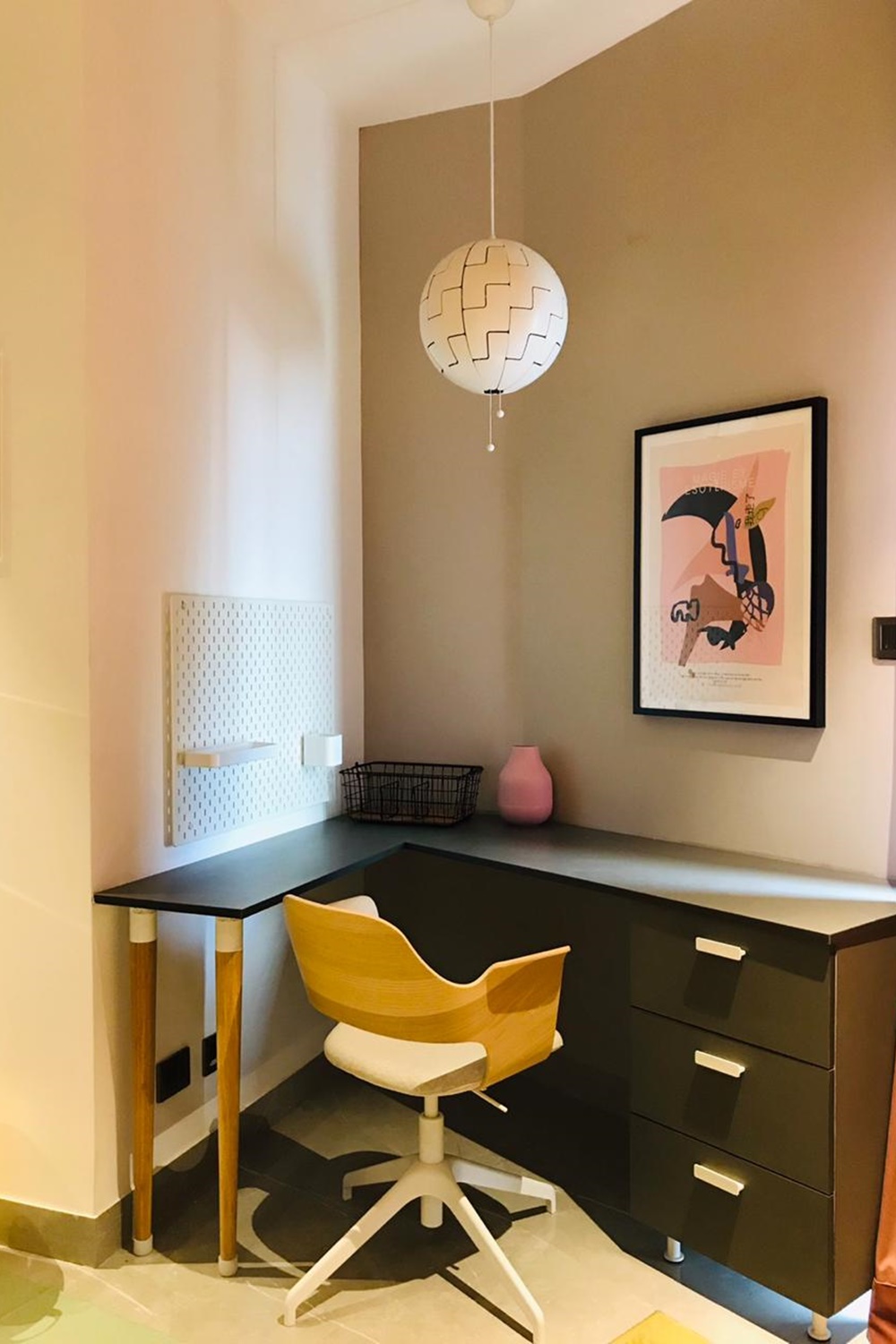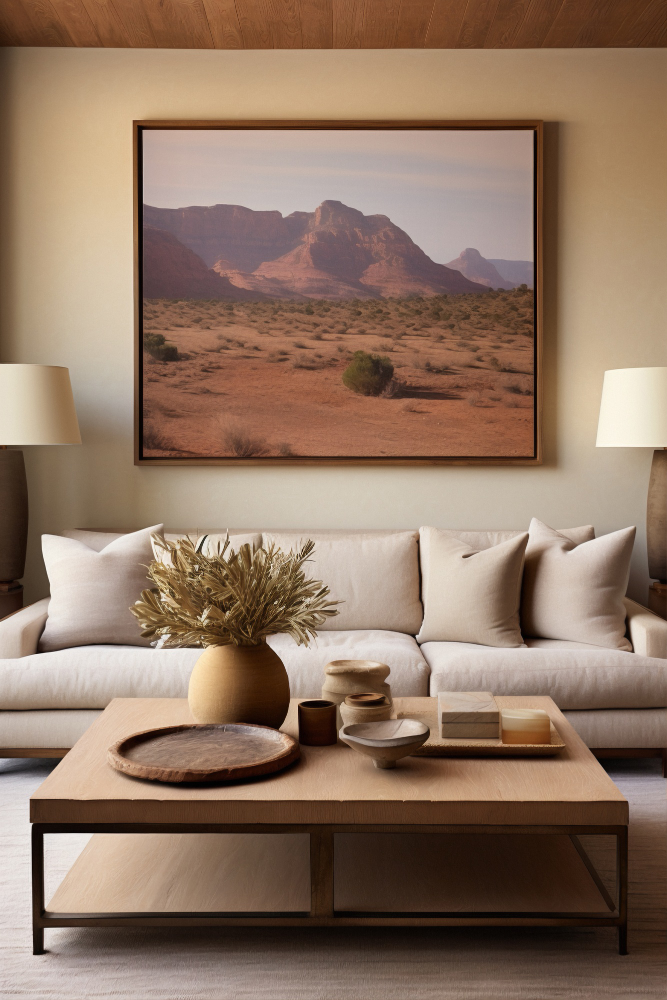
Study unit.
A study unit in a bedroom provides a dedicated space for work, study, or creative activities, blending functionality with aesthetics. It can be a standalone feature or integrated into the room’s design to save space while maintaining a cohesive look.
Features of a Study Unit:
Design Styles:
- Minimalist: Clean lines, simple forms, and neutral colors, focusing on creating a clutter-free workspace.
- Modern: Sleek designs with glossy surfaces, metal accents, and sometimes built-in tech features like charging ports.
- Rustic or Traditional: Wood finishes, natural textures, and a warm, classic feel, often with decorative molding or details.
- Compact & Space-Saving: Foldable desks or wall-mounted study units are ideal for smaller bedrooms, maximizing space without sacrificing functionality.
Material:
- Wood: Solid wood or wood veneer desks add warmth and natural beauty to the room. Lighter woods like oak or pine are often used in minimalist designs, while darker woods like walnut or mahogany give a more traditional or luxurious feel.
- Metal & Glass: Metal frames with glass tops lend a contemporary, modern edge to the study unit. This combination is ideal for urban or industrial-themed bedrooms.
- MDF/Laminate: These materials are often more affordable and come in various finishes, including wood-like textures, glossy surfaces, or colored laminates.
Desk Design:
- Freestanding Desk: A traditional desk placed against a wall or near a window. It comes in various sizes, from compact to large, offering sufficient surface area for laptops, books, and work essentials.
- Built-in or Wall-Mounted Unit: Integrated into the room's layout, a wall-mounted desk is space-efficient and often paired with shelves or cabinets above or beside it.
- Corner Desk: Ideal for utilizing unused corners, a corner desk creates an efficient, organized workspace without taking up much floor space.
- Foldable or Convertible Desk: A versatile option for small bedrooms, this desk can be folded away when not in use, freeing up the room.
Storage Solutions:
- Drawers: Integrated drawers below the desk surface allow for the storage of office supplies, paperwork, and gadgets.
- Shelves: Open or closed shelves above the desk provide additional storage or display space for books, decorative items, or study materials.
- Cabinets: Study units with side cabinets offer larger storage options for bulkier items like files, books, or personal belongings.
- Cubbies and Compartments: Some study units feature specific compartments for organizing stationery, gadgets, and paperwork, helping keep the space tidy.
Lighting:
- Built-in Lighting: Some study units come with integrated LED lighting or task lamps mounted to provide focused light for reading and working.
- Natural Lighting: Desks placed near windows capitalize on natural light, creating a well-lit, refreshing study environment.
- Task Lamps: Adjustable lamps can be added to provide direct light for focused tasks.
Ergonomics:
- Adjustable Desk Height: Some study units allow for height adjustments to suit different users, making it more ergonomic for long study or work sessions.
- Comfortable Seating: Pairing the desk with an ergonomic chair, which offers back support, is essential for ensuring comfort while studying or working.
Multi-functional Features:
- Workspace & Vanity Combo: In some bedrooms, study units double as a vanity table with hidden storage for makeup or personal grooming products.
- Tech-Friendly Additions: Modern study units may include cable management systems, USB ports, or wireless charging pads, catering to tech needs.
- Bookshelf Integration: Many study units are designed with built-in bookshelves for easy access to reading material or display space.
Personalization:
- Decor: A study unit can be personalized with plants, desk organizers, motivational posters, or artwork, reflecting the user’s personality and creating a productive ambiance.
- Color Schemes: The unit can either blend with the bedroom’s overall color scheme or stand out as an accent feature with a contrasting finish.
Placement:
- Against a Wall: The most common placement, allowing for a more private workspace.
- By a Window: Ideal for those who prefer natural light while working.
- Partitioned Area: In larger bedrooms, a study unit can be tucked into a small niche or alcove, creating a distinct work zone within the room.
Conclusion:
A study unit in a bedroom is both a functional and aesthetic addition, providing a well-organized workspace that suits the individual’s needs. Whether large or compact, it can enhance productivity and seamlessly blend into the overall design of the room, offering storage solutions and style while maintaining a comfortable, inspiring work environment.


